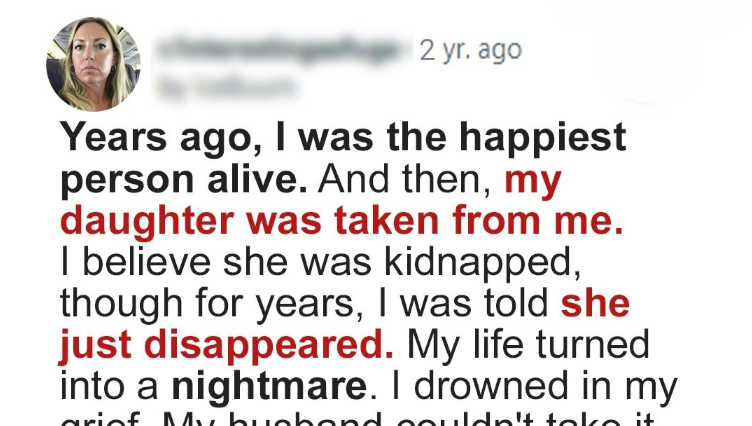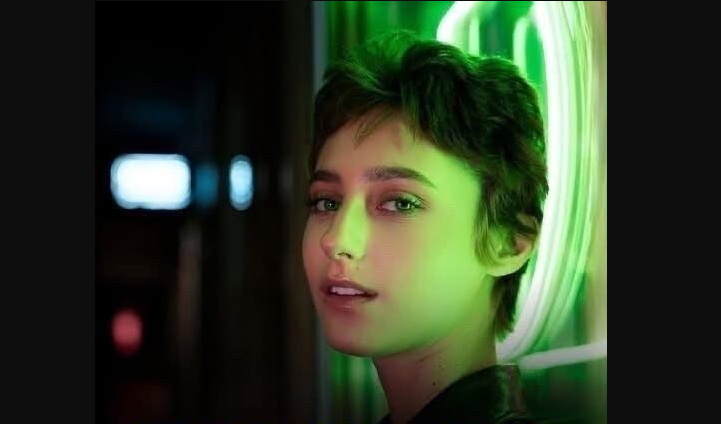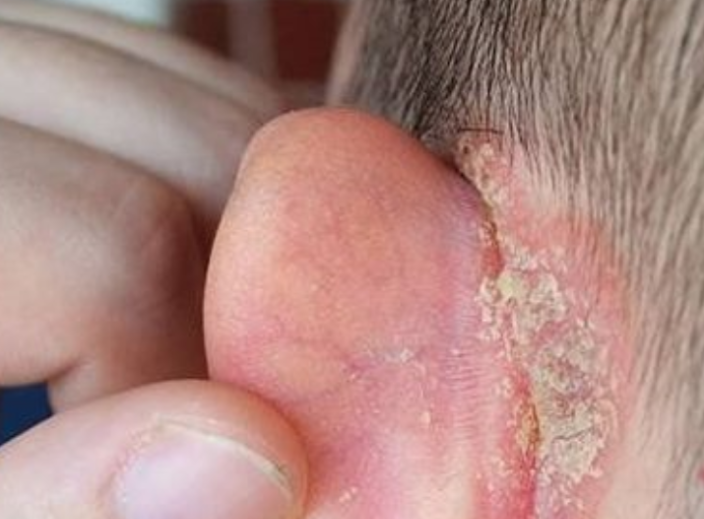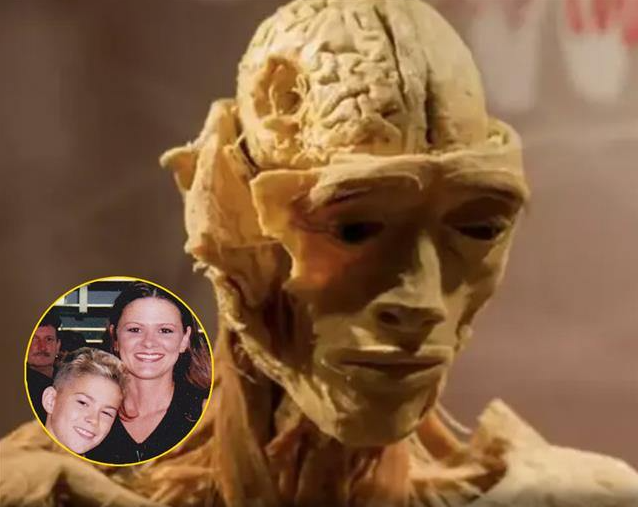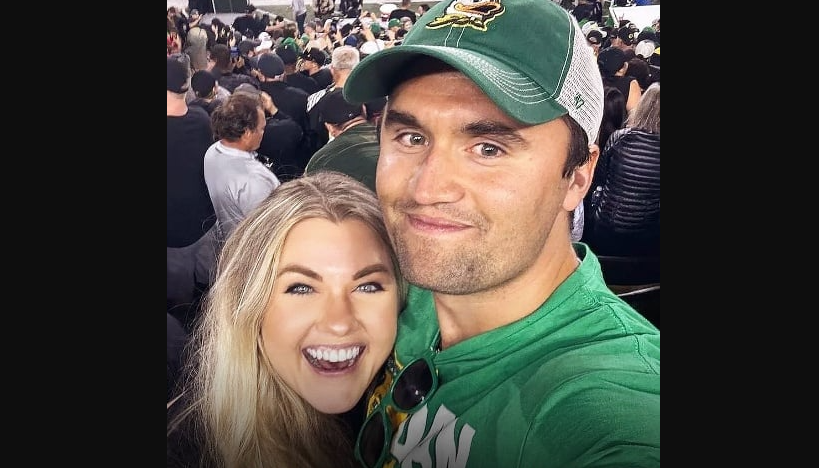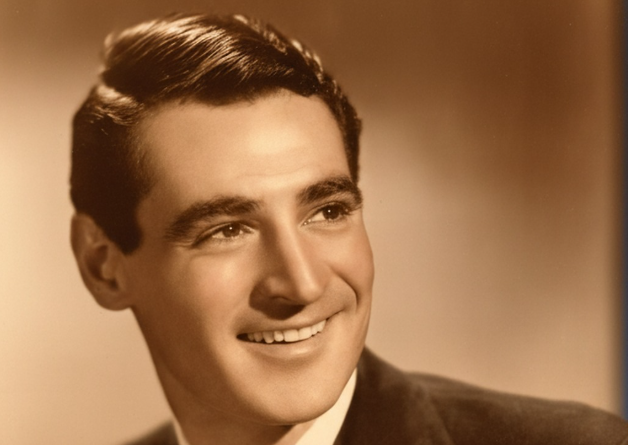Five years had passed since my daughter Noa vanished, and I had grown accustomed to a world cloaked in quiet—until a gentle knock on my door broke the stillness. There stood a young girl, her hands clutching a basket of freshly baked cookies. She introduced herself as Lizzi, but her features—her bright eyes, her warm smile—mirrored what I imagined Noa would look like now. My heart swelled with a mix of familiarity and wonder.
Lizzi shared that she lived nearby with her mother, Claire. As she walked away, her resemblance to Noa lingered in my mind. A spark of curiosity grew into unease when I discovered that Lizzi’s late father, James, had resided in our neighborhood during the time Noa disappeared. Slowly, the pieces of a long-hidden truth began to align. I requested a DNA test, my heart torn between hope and fear of what it might reveal.
The results arrived, confirming the impossible—Lizzi was Noa. My lost daughter had been so close all this time, yet she was no longer the child I once knew. She carried a new name, a new life, and memories shaped by Claire, the woman who had raised her. When I reached out to reconnect, Lizzi’s gaze met mine with uncertainty, as if I were a stranger.
One sunny afternoon at an amusement park, Lizzi began to share her story. She recalled James taking her away, assuring her I would soon join them. She had waited, her young heart heavy with confusion and pain, only to find herself in Claire’s nurturing care. In a soft voice, she admitted she still longed for the home she knew with Claire. In that moment, I understood—Lizzi didn’t need a battle over whose love was greater, but the reassurance of having both of us in her life.
Claire and I forged a quiet agreement. We would raise Lizzi together—not as rivals, but as neighbors, as mothers, as a family. Over time, Lizzi came to see that our connection was rooted in blood, but it was love that would make us whole. In the delicate strength of that bond, we began to find healing.
